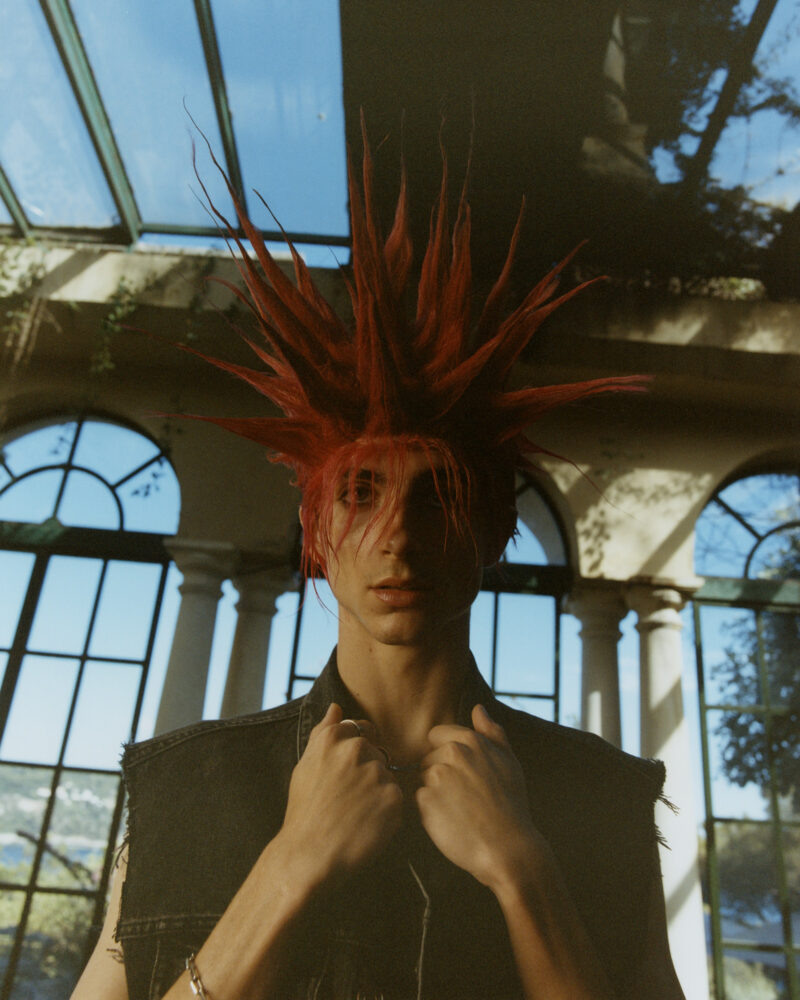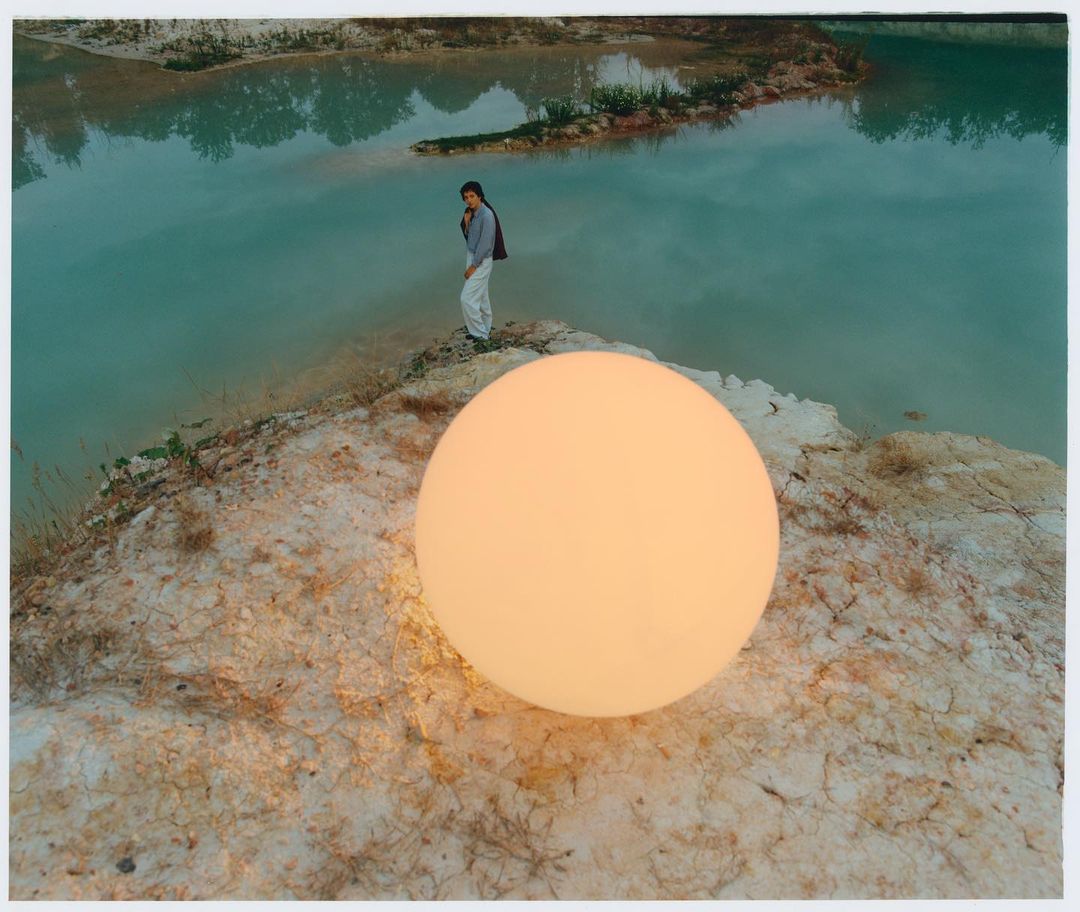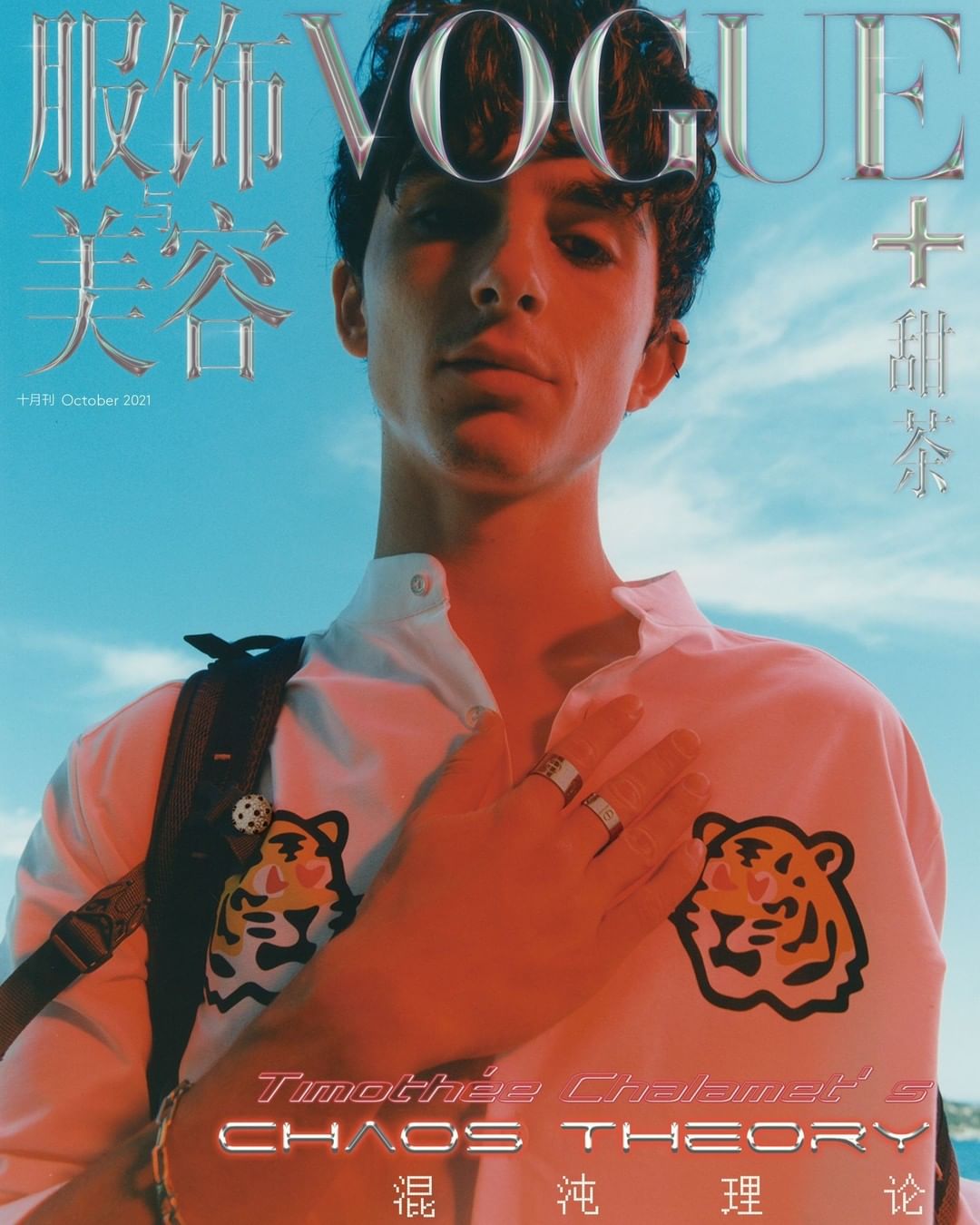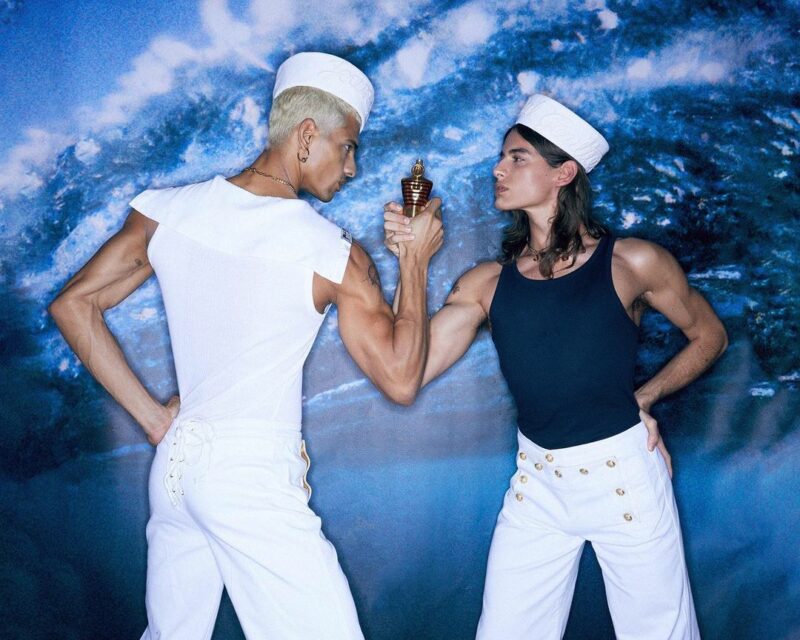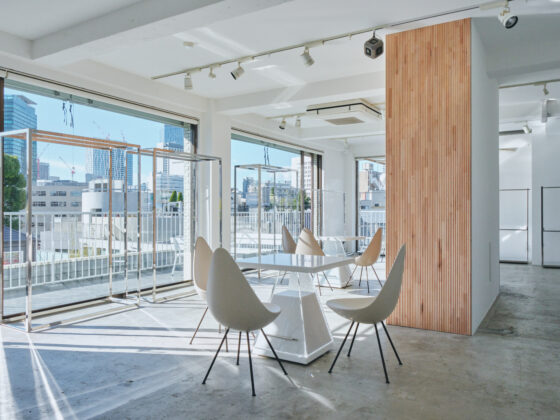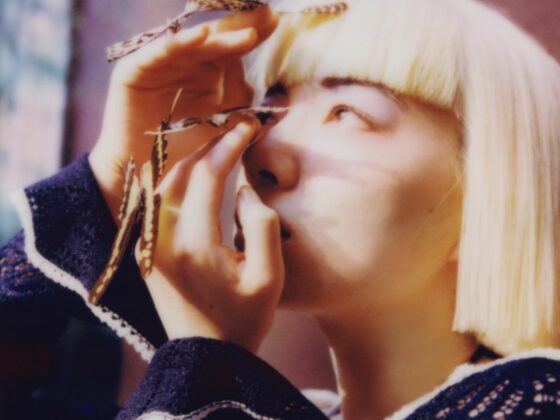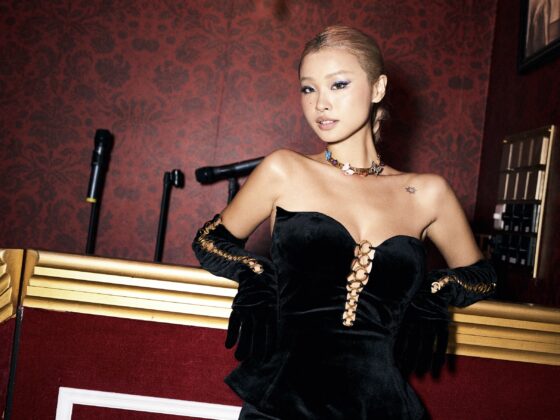Nana: Fashion has infinite possibilities, and new power is born from it. As a carrier of culture and times, fashion encompasses everything. From trendy to traditional culture, from celebrities, idols to everyone’s daily life, and from West to East, it is our discourse, our power, our time. Through Asian Voice, we hope to spread the local Asian fashion culture to the world by moving cross languages and borders.
In this issue of ASIAN VOICE, we feature Lee Wei Swee, a photographer with a multicultural background. For him, artists with diverse and dual backgrounds should also act as cultural ambassadors, fostering mutual understanding between East and West. However, this pursuit of cultural harmony may lead to a crisis of identity. It is precisely this unique contradiction that has given, an Asian artist raised in a small town in Switzerland, the impetus to express himself and offer his profound worldview. Art serves as the vehicle to carry all his inspirations and facilitates self-understanding and healing. His ongoing personal project, “Gweilao,” also centers around this theme.
Remaining open to the world and drawing inspiration from all facets of life forms the bedrock of his creative process. The amalgamation of these influences results in his profound portrayal of the world.
Why did you be interested in photography and visual arts initially, and choose them to be your career?
I grew up in a small village in Switzerland from a malaysian born chinese dad and a swiss mom. Being one of the first asians there, I always felt different from others, not in an aggressive way, but through barely perceptible signs I could sense that I wasn’t « one of them ». I think this motivated me to go towards the arts, I felt a strong need to express myself and the way I percieve the world. Additionally, I think I got interested in fashion because it gives one the power to control one’s own image ; by dressing up I could send messages and decide to be different for reasons I chose.
At the time, in the late 90s, the music video industry was living somewhat of a golden age, I was extremely attracted by the possibilities of the format, and the relative freedom it gave. The work of Chris Cunningham, Michel Gondry, Spike Jonze for example were huge inspirations for me, even until now.
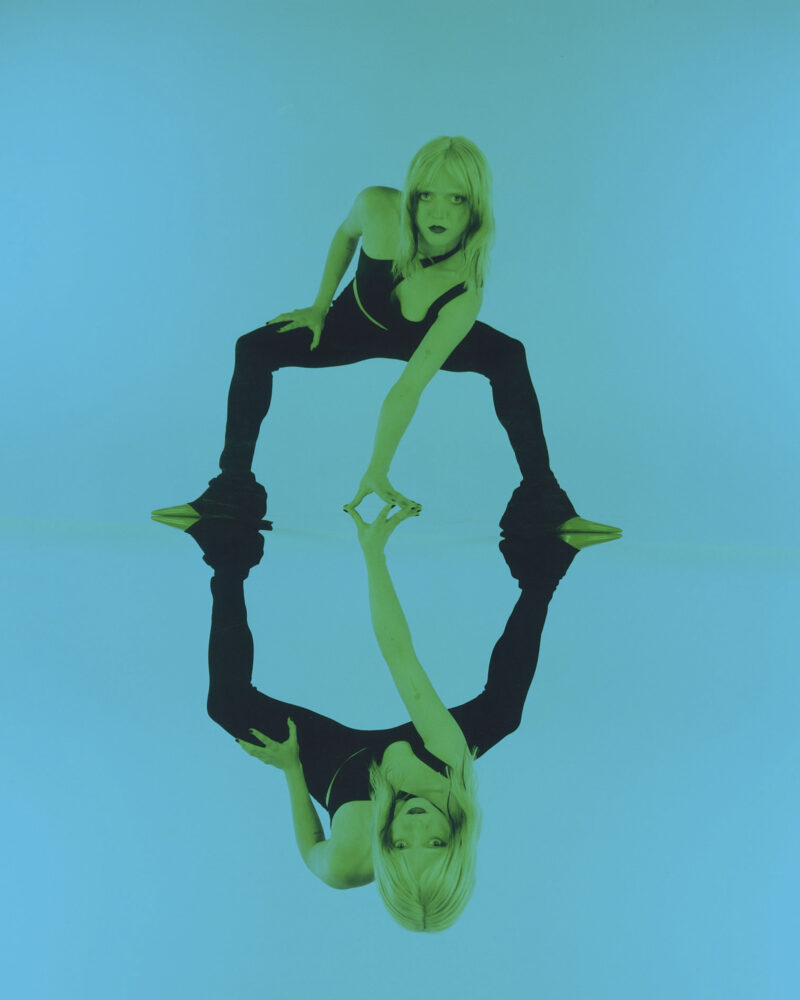
What processing steps do you usually go through when creating a work or taking a new project?
I would say that my work process is divided in two steps ; the first one is close to gardening in a way ; I plant seeds, I try to remain open to the world around me and let ideas come to me. This creates sort of a cloud of ideas in my head. In the second stage I try to analyse the ideas that came to me, sort them out and group them together. In a way it’s almost like doing my own therapy and trying to understand myself.
What is the central focus of your artistic creations, and is there a common message that you aim to convey through your work?
There are recurring themes in what I shoot, such as my double cultural heritage and the complications it implies, the feeling of being an alien, desire, colors and harmony. Though it is still nearly impossible to point out one single topic and say « my work is about this very specific thing »


You’ve collaborated with numerous creative individuals in the fashion and entertainment industries. Could you share some exceptional experience that has left a lasting impression on you?
I think the relationship that shaped me the most as a creative or artist is actually the one I entertain with a Thai family of artists ; I met fashion designer Shone Puipia during his studies in Belgium and got the chance to meet his parents, Pinaree Sanpitak and Chachai Puipia, both artists.
They supported me a lot in the beginning of my career and up until now I consider them as mentors. Not only are they extremely accomplished artists but their humanity, and the way they transmit experience and knowledge is an inspiration for me.
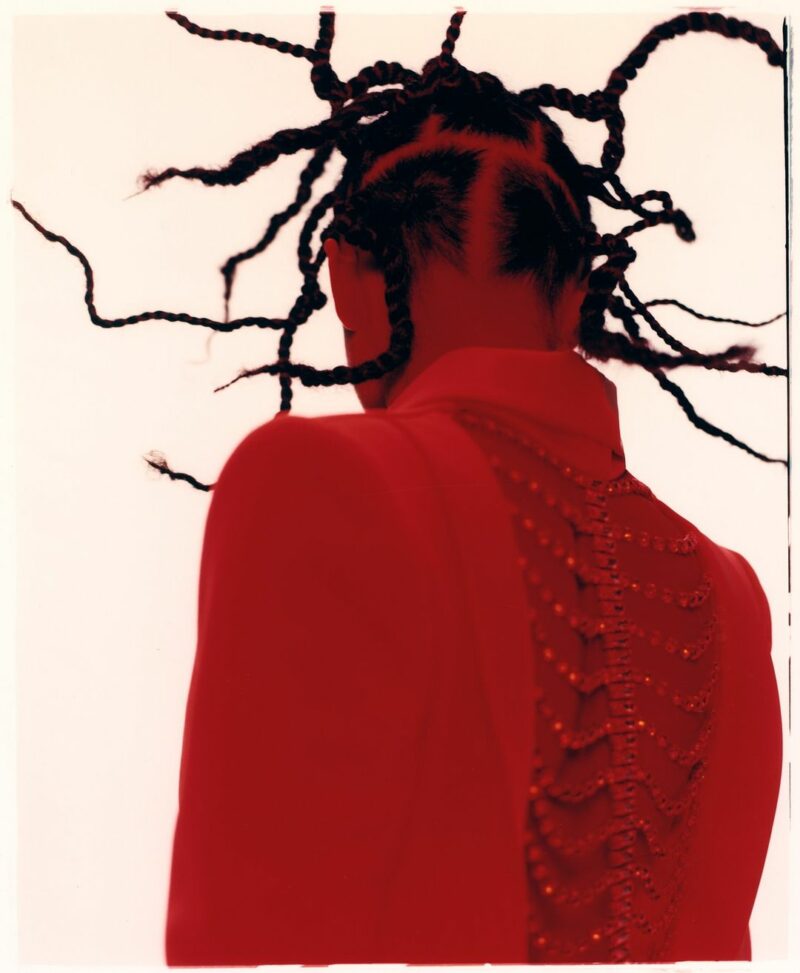
As a photographer with a rich and diverse international background, what opportunities and challenges do you perceive for Asian photographers and artists on the global stage at present?
First, I think that in times of political unrest, it’s our job to try to bridge the gap left by politics and nationalism. I believe we should see ourselves as diplomats, help the east to understand the west and vice versa. Thanks to the practice we have we get to touch topics that are linked to the deepest roots of our humanity, it is our duty to share this with our world.
Then comes the challenge, I am currently working on a personal project called Gweilao, addressing the complexity of being bi/tri cultural. Of course there is an advantage of having two or more cultures, but the downside is that you’re never considered fully one or the other. Whenever I am in Europe people first identify me as asian, even though I grew up in switzerland and lived all my life in western europe, and when I am in Chinese speaking countries, people first see that I am mixed, and that my mandarin is at best this of a young child, so this gives the feeling of never quite belonging anywhere, which took me a while to turn into a strength.
In terms of finding inspiration for your work, are there any particular cultures or styles that have influenced your creative process?
I’ve been mostly been inspired by 90’s underground music video aesthetics and avant garde 60’s-70’s japanese photographers.
Is it possible for you to recommend any noteworthy contemporary artists, designers, movies, or books that our readers might find inspiring?
A fine day by Kishin Shinoyama, Everything everywhere all at once, all albums by aphex twin, and more recently, Barbie!
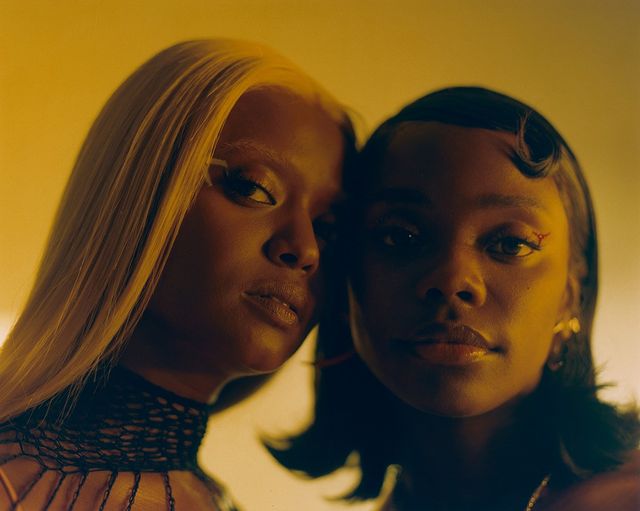
Do you have any advice for our readers who are seeking a position in the art and fashion industry?
Don’t take anything personally.
Don’t take anything personally.
Text by Yiyao Zhang




